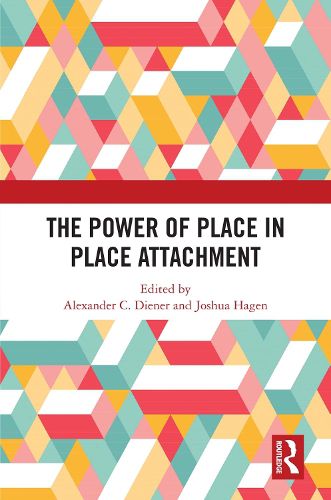Readings Newsletter
Become a Readings Member to make your shopping experience even easier.
Sign in or sign up for free!
You’re not far away from qualifying for FREE standard shipping within Australia
You’ve qualified for FREE standard shipping within Australia
The cart is loading…






This book provides geographical perspectives on the complex and multifaceted relationship between people and their lived environments. Scholars with varied regional, theoretical, and topical specialties offer chapters that explore different aspects of a phenomenon so pervasive that no conception of social or political action can afford to ignore it.
In the process of spatial organization and differentiation, people develop emotional attachments to specific places, as well as people, objects, and practices associated with those places. Place attachments thereby shape everyday routines (e.g., routes to work, shopping, social interactions), major life choices (e.g., places of residence, education, and vacations), and identities (e.g., civic, national, and religious). These attachments occur across multiple scales from personal dwellings to community, region, and homeland. It is our hope that this book reveals synergies between geography and other disciplines engaging with place attachment whilst invigorating research on the topic. The Power of Place in Place Attachment will be of great value to researchers and scholars of geography, identity, mobility, and urban landscape change. The chapters in this book were originally published as a special issue of Geographical Review.
$9.00 standard shipping within Australia
FREE standard shipping within Australia for orders over $100.00
Express & International shipping calculated at checkout
This book provides geographical perspectives on the complex and multifaceted relationship between people and their lived environments. Scholars with varied regional, theoretical, and topical specialties offer chapters that explore different aspects of a phenomenon so pervasive that no conception of social or political action can afford to ignore it.
In the process of spatial organization and differentiation, people develop emotional attachments to specific places, as well as people, objects, and practices associated with those places. Place attachments thereby shape everyday routines (e.g., routes to work, shopping, social interactions), major life choices (e.g., places of residence, education, and vacations), and identities (e.g., civic, national, and religious). These attachments occur across multiple scales from personal dwellings to community, region, and homeland. It is our hope that this book reveals synergies between geography and other disciplines engaging with place attachment whilst invigorating research on the topic. The Power of Place in Place Attachment will be of great value to researchers and scholars of geography, identity, mobility, and urban landscape change. The chapters in this book were originally published as a special issue of Geographical Review.